When selecting plant containers, the material you choose can significantly impact plant health, growth, and overall aesthetics. Whether you’re growing flowers, vegetables, or decorative houseplants, understanding the differences between plastic, terracotta, ceramic, and wood containers will help you make an informed decision. Each material has unique characteristics that affect factors like water retention, durability, and insulation. Let’s explore the advantages and drawbacks of each to determine which is best for your gardening needs.
Plastic plant containers are a favorite among gardeners due to their affordability and practicality. They are lightweight, making them easy to move around, which is especially beneficial for those who frequently rearrange their garden or bring plants indoors during colder months.
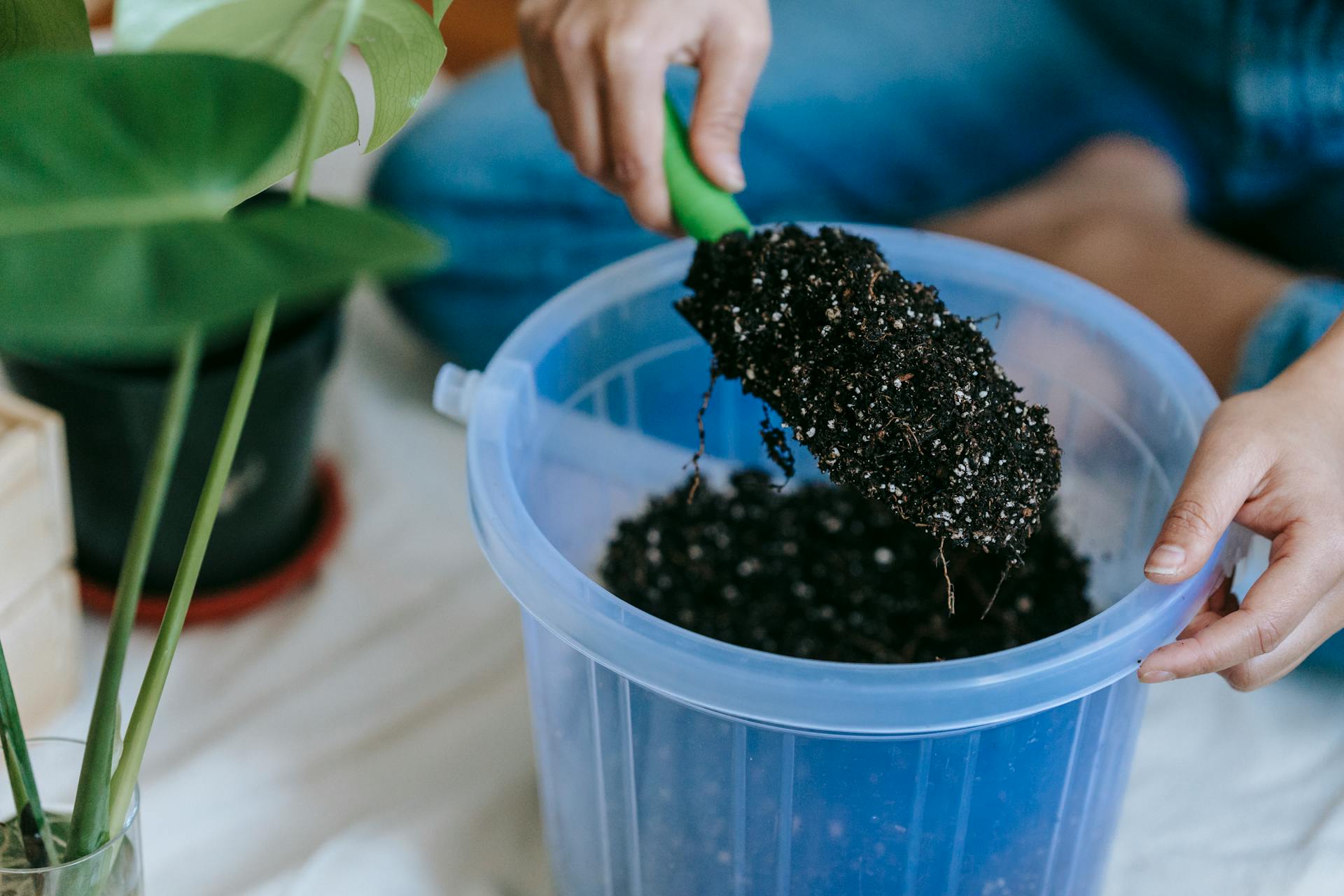
Another advantage of plastic containers is their ability to retain moisture. Unlike porous materials such as terracotta, plastic does not absorb water, which helps keep soil hydrated for longer periods. This makes them an excellent choice for plants that require consistent moisture, such as ferns or tropical species. Additionally, plastic containers are available in a wide range of sizes, shapes, and colors, offering versatility for different gardening styles.
However, plastic containers are not without their downsides. Over time, exposure to sunlight can cause the material to become brittle and crack. Additionally, because plastic does not allow air to circulate through the container walls, it may contribute to overwatering issues if drainage is inadequate. Despite these concerns, plastic remains one of the most convenient and cost-effective choices for plant enthusiasts.
For those who appreciate a more traditional and natural look, terracotta plant containers are an excellent option. Their earthy, rustic appearance complements any garden, patio, or indoor space, adding a timeless charm to plant displays. Beyond aesthetics, terracotta pots are known for their excellent breathability.
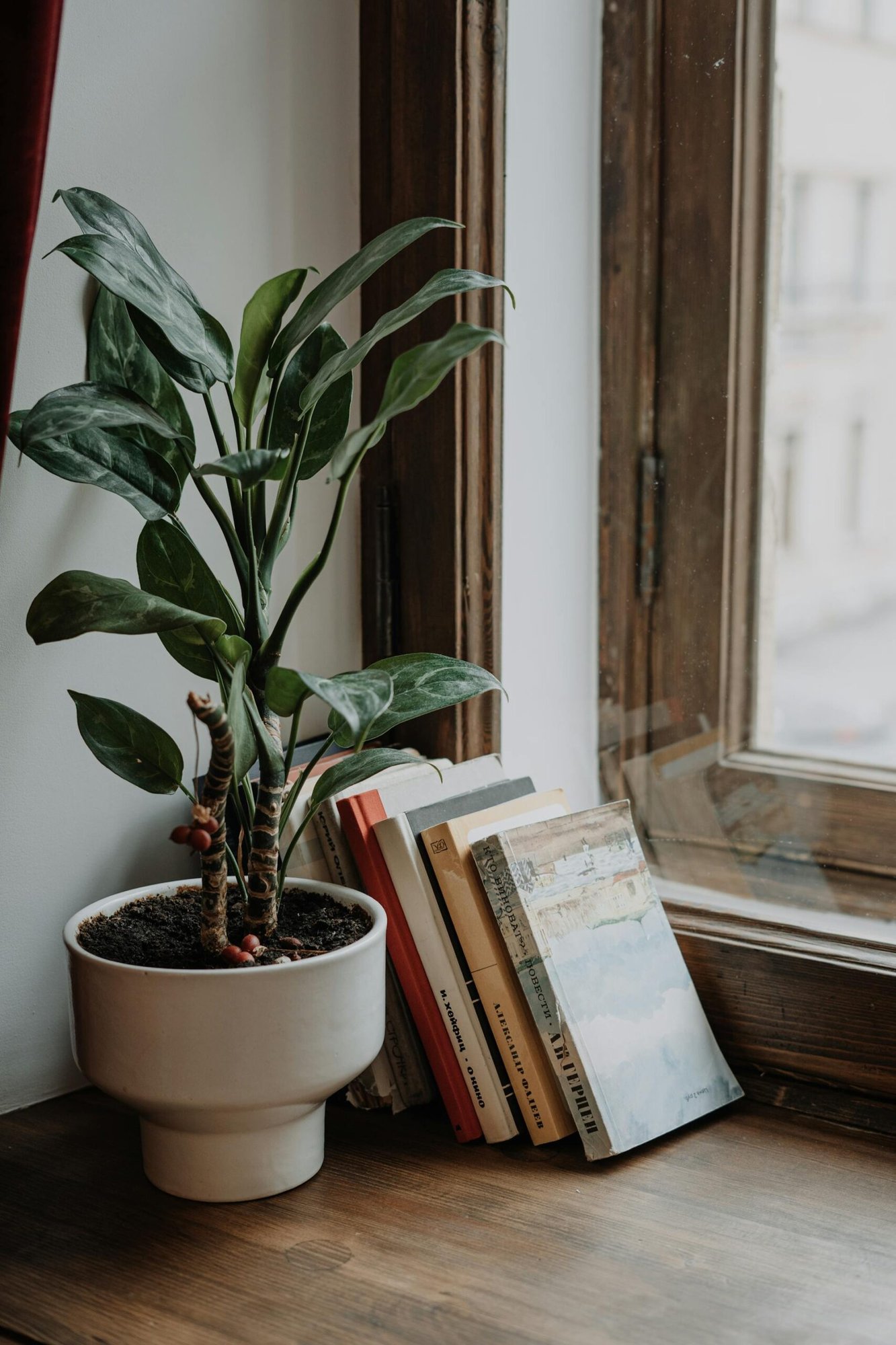
Terracotta is a porous material, which allows air and water to pass through its walls. This helps prevent water from sitting too long at the roots, reducing the risk of root rot and making it an ideal choice for succulents, cacti, and other plants that thrive in well-draining soil. The porous nature of terracotta also helps regulate soil temperature, keeping plant roots cool in hot weather.
However, one of the biggest drawbacks of terracotta pots is their fragility. They are more prone to cracking or breaking if dropped or exposed to freezing temperatures. Additionally, because they absorb moisture, they can dry out quickly, requiring more frequent watering than plastic or ceramic pots. If you’re willing to provide extra care, terracotta containers can be a beautiful and functional addition to any garden.
Ceramic plant containers bring a touch of elegance to any indoor or outdoor garden. Available in a variety of colors, patterns, and finishes, they serve as both functional plant homes and stylish decorative pieces. Glazed ceramic pots, in particular, offer a sleek and polished appearance, making them a popular choice for indoor plants.
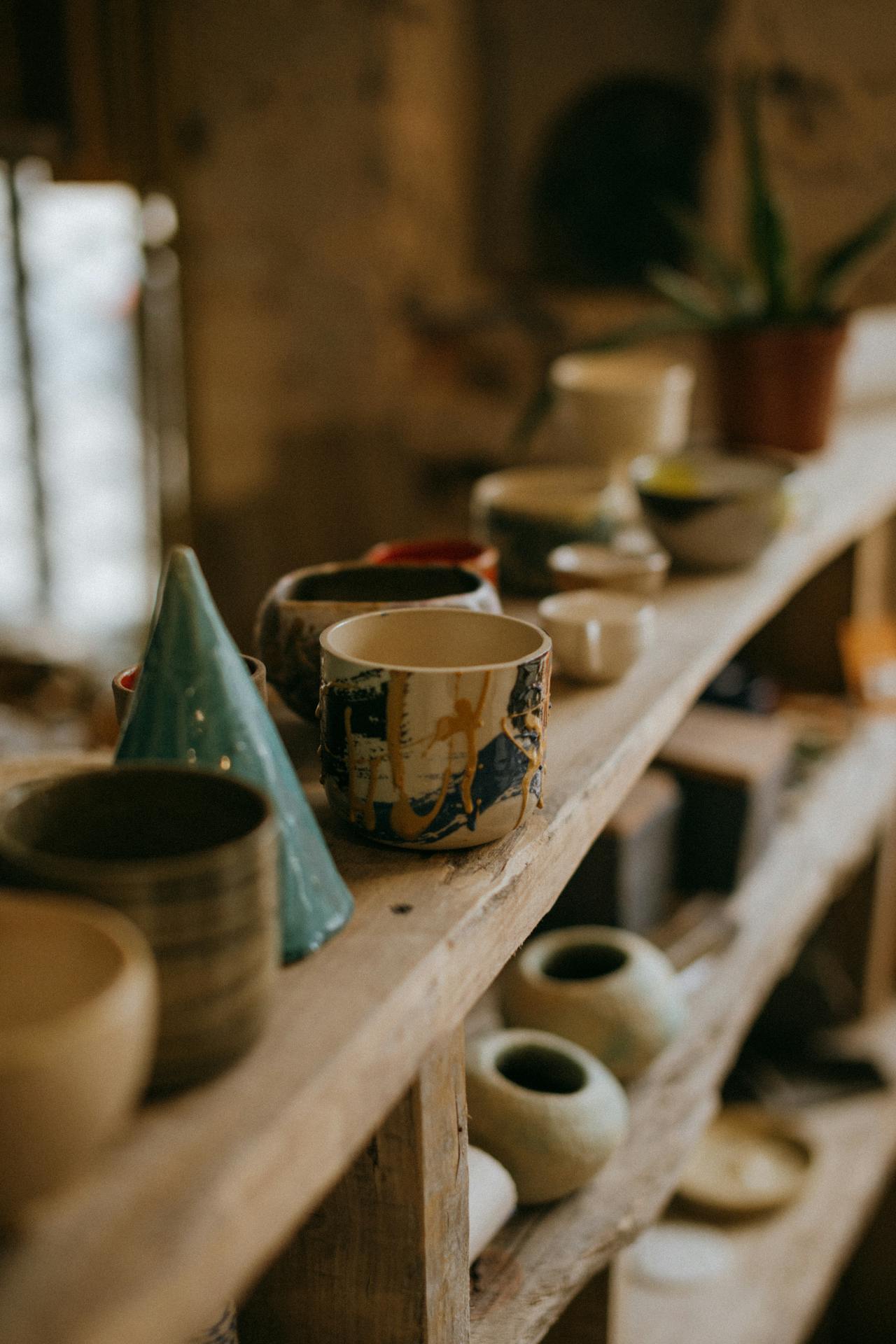
One of the biggest benefits of ceramic containers is their insulation. They provide a stable environment for plant roots by protecting them from extreme temperature fluctuations. This is particularly beneficial in regions where weather conditions can change rapidly. Unlike terracotta, glazed ceramic pots do not absorb water, which helps maintain moisture levels in the soil for longer.
Despite their advantages, ceramic pots have some drawbacks. They tend to be heavier than plastic or terracotta, making them less convenient to move around. Their weight, however, can be an advantage in preventing plants from toppling over in windy conditions. Another consideration is drainage. Some ceramic pots lack drainage holes, which may require additional modifications or careful watering to prevent overhydration. While they may be more expensive than other materials, their beauty and durability make them a worthwhile investment for any gardener.
Wooden plant containers offer a natural and eco-friendly option for gardeners looking to integrate sustainable materials into their spaces. Whether used for raised garden beds, window boxes, or large planters, wood provides a warm and organic feel that blends seamlessly with outdoor environments.
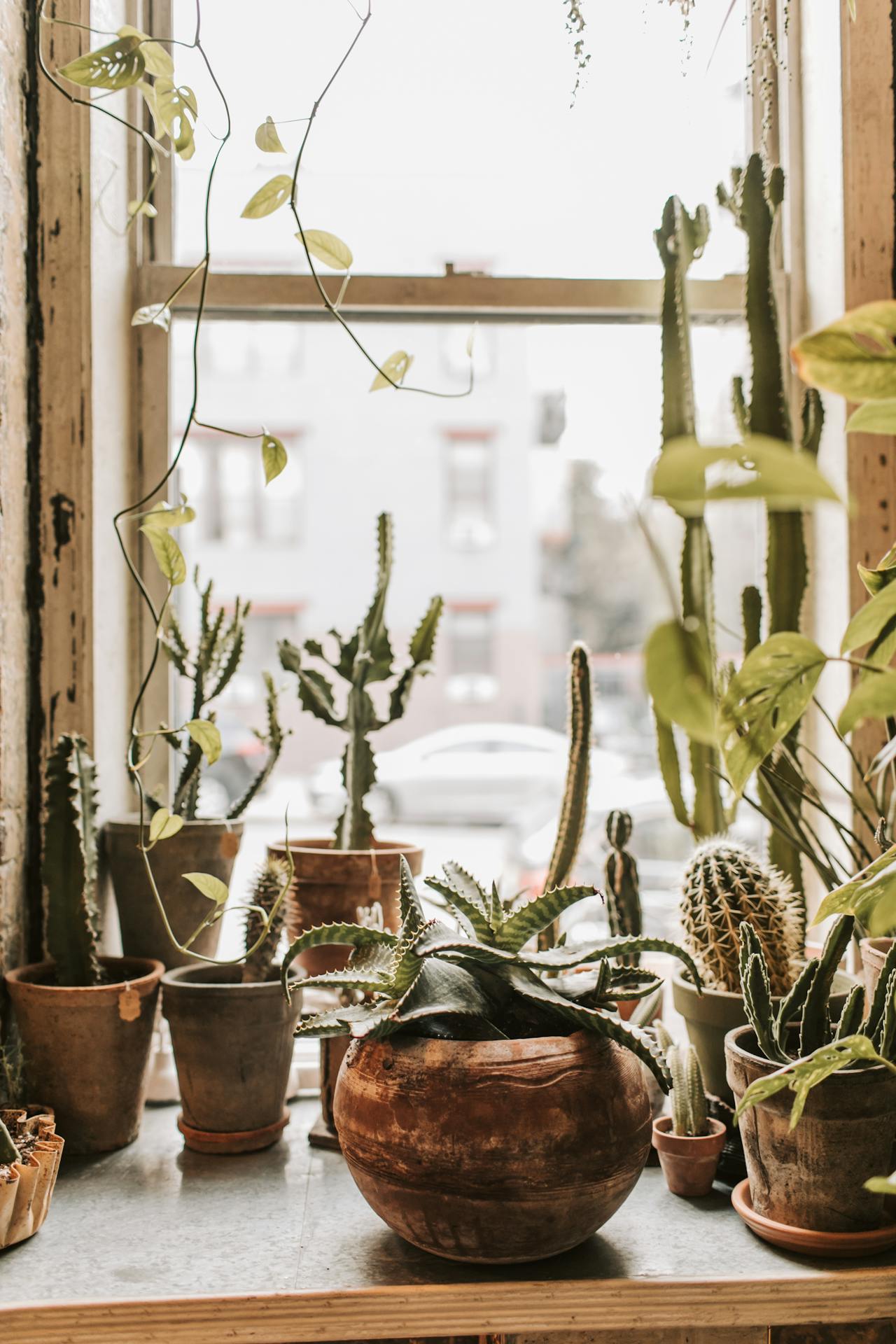
One of the biggest advantages of wooden containers is their insulation properties. Wood helps regulate soil temperature, keeping plant roots warm in winter and cool in summer. This makes them particularly suitable for growing vegetables, herbs, and flowers in outdoor settings. Additionally, wood is a highly customizable material that can be cut and assembled into various shapes and sizes to fit specific gardening needs.
However, wooden containers require more maintenance than other materials. They are susceptible to moisture damage, rot, and insect infestations if not properly sealed or treated. Choosing rot-resistant woods like cedar or redwood can help extend their lifespan, but even these options will eventually degrade over time. Additionally, wooden containers tend to be heavier than plastic, which can make repositioning them a challenge. With proper care and occasional refinishing, wooden planters can remain a sturdy and attractive choice for years.
Each plant container material has its own set of advantages and drawbacks, so the best choice ultimately depends on your gardening goals. If you need something lightweight and easy to maintain, plastic might be your best bet. If breathability and a natural aesthetic are important, terracotta is an excellent choice. For those who prioritize durability and elegance, ceramic containers offer an attractive and functional solution. Meanwhile, wooden containers provide an eco-friendly and customizable option for outdoor gardens.
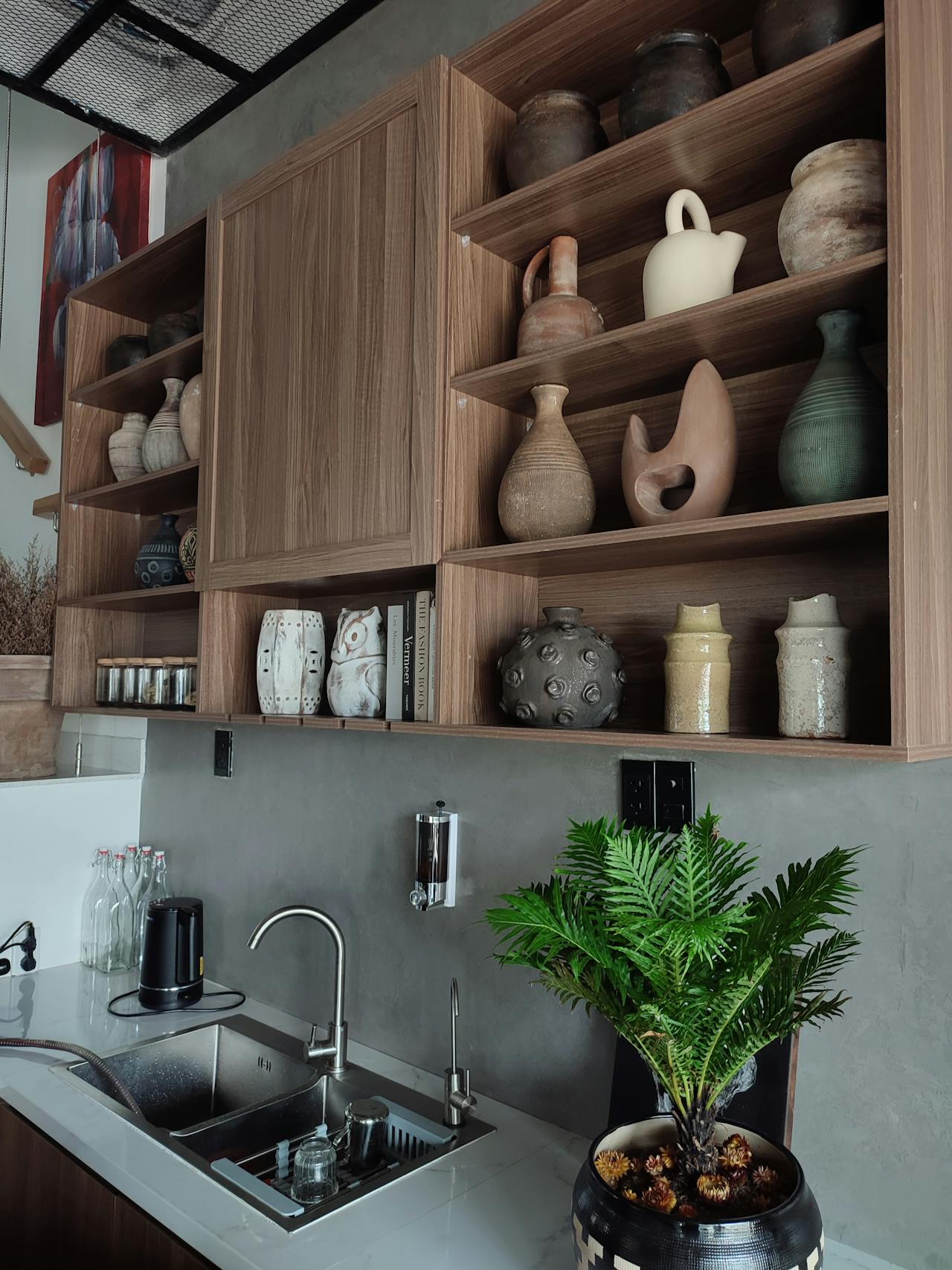
No matter which plant container you choose, proper care and maintenance will help extend its lifespan and keep your plants thriving.
At Garden Nursery Products, we provide everything you need to keep your garden flourishing. From pesticides, herbicides, fungicides, fertilizers, and landscaping supplies, we offer high-quality products to support healthy plant growth. Explore our store today and find the perfect solutions for your gardening needs!
Added to cart
Check out our shop to see what's available